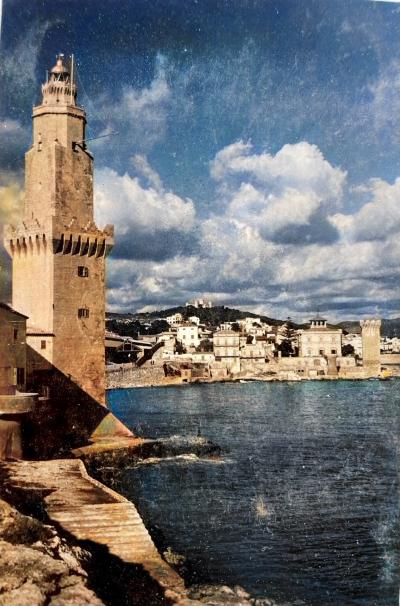How did Ramon Llull apply logical and mathematical principles to theological debates in his time?
Similar Topics
ramon llull
theological debates
logical principles
mathematical principles
ars magna
symbolic logic
medieval philosophy
combinatorial technique
Ramon Llull, a medieval philosopher and theologian from the 13th century, is notable for his innovative application of logical and mathematical principles to the complex theological debates of his time. He sought to create a universal system of knowledge to demonstrate the truths of Christian doctrine through reason, rather than relying solely on faith or scripture. Llull developed what he called the "Ars Magna" or "Great Art," a combinatorial technique that used symbolic figures and letters to represent fundamental concepts, allowing for systematic exploration of logical relationships within theological questions.
Through this method, Llull aimed to clarify theological arguments, providing a clear, rational basis for discussing divine attributes and spiritual truths. The Ars Magna involved rotating wheels and combinations of symbols, which could be manipulated to generate various propositions and theological insights. By doing so, Llull anticipated elements of what would later become symbolic logic, offering a structured approach to debate that transcended traditional scholastic arguments. His work attempted to bridge philosophy, mathematics, and theology, hoping to convince non-Christians and skeptics of Christianity’s validity through reasoned, demonstrable argument.
Llull’s approach was significant because it brought a new level of precision and rigor to theological discourse at a time when many arguments were largely rhetorical or based on authority. By introducing a system that could be taught and replicated, he created a pedagogical tool that could potentially unify knowledge across disciplines. Although his methods were complex and not widely adopted in his lifetime, Llull’s pioneering blend of logic, mathematics, and theology influenced later thinkers and prefigured developments in algebra and computing. In essence, he provided a framework to approach theology not just as faith but through critical, logical inquiry.
Through this method, Llull aimed to clarify theological arguments, providing a clear, rational basis for discussing divine attributes and spiritual truths. The Ars Magna involved rotating wheels and combinations of symbols, which could be manipulated to generate various propositions and theological insights. By doing so, Llull anticipated elements of what would later become symbolic logic, offering a structured approach to debate that transcended traditional scholastic arguments. His work attempted to bridge philosophy, mathematics, and theology, hoping to convince non-Christians and skeptics of Christianity’s validity through reasoned, demonstrable argument.
Llull’s approach was significant because it brought a new level of precision and rigor to theological discourse at a time when many arguments were largely rhetorical or based on authority. By introducing a system that could be taught and replicated, he created a pedagogical tool that could potentially unify knowledge across disciplines. Although his methods were complex and not widely adopted in his lifetime, Llull’s pioneering blend of logic, mathematics, and theology influenced later thinkers and prefigured developments in algebra and computing. In essence, he provided a framework to approach theology not just as faith but through critical, logical inquiry.
🧩 Related Questions
Related Question
What options are available for families looking to explore Palma by bike with their kids?
Related Question
What is the best way for tourists to familiarize themselves with Mallorca’s unique traffic rules before driving?
Related Question
In what ways do the underground rivers contribute to the tourism industry on Mallorca?
